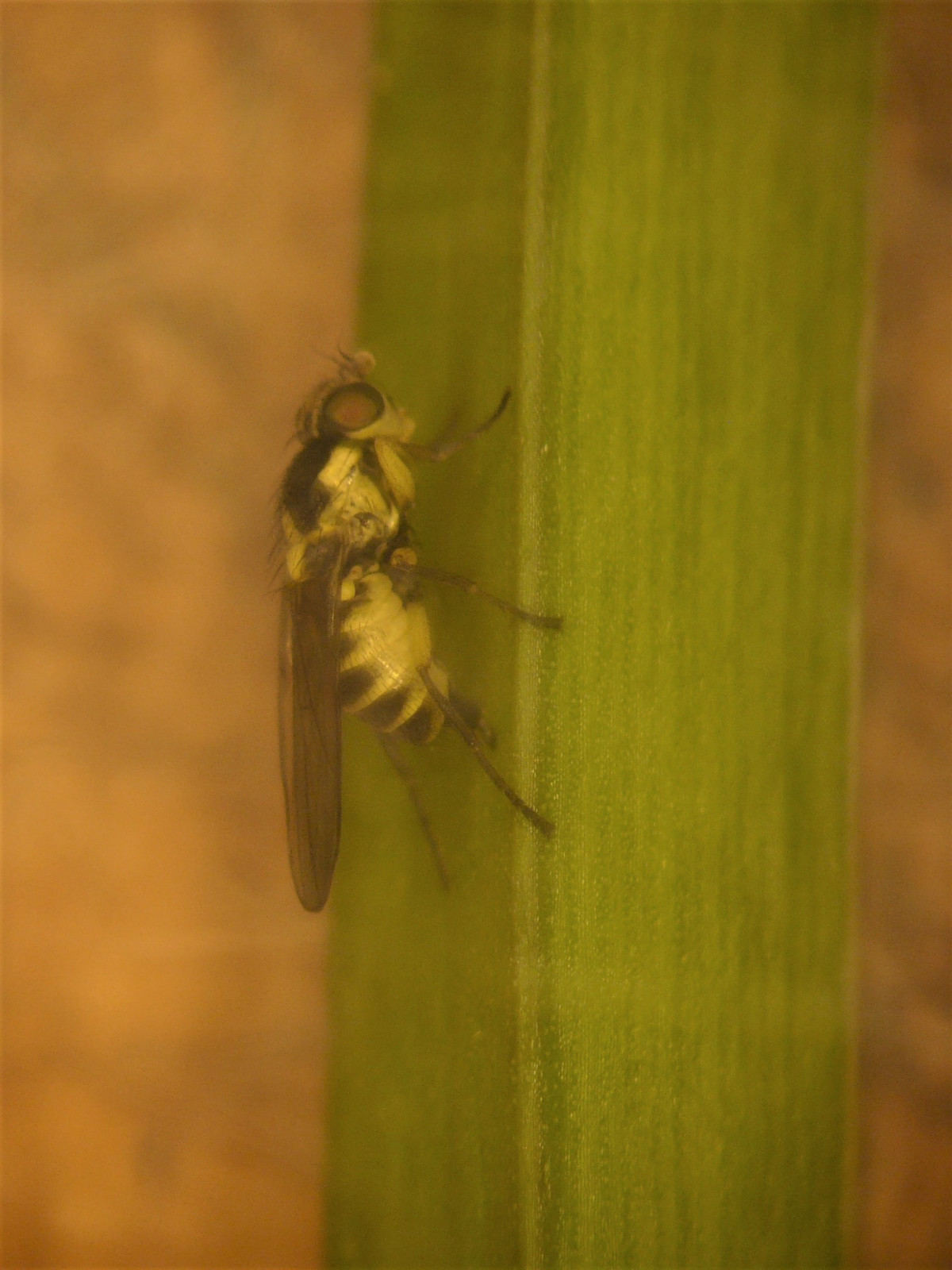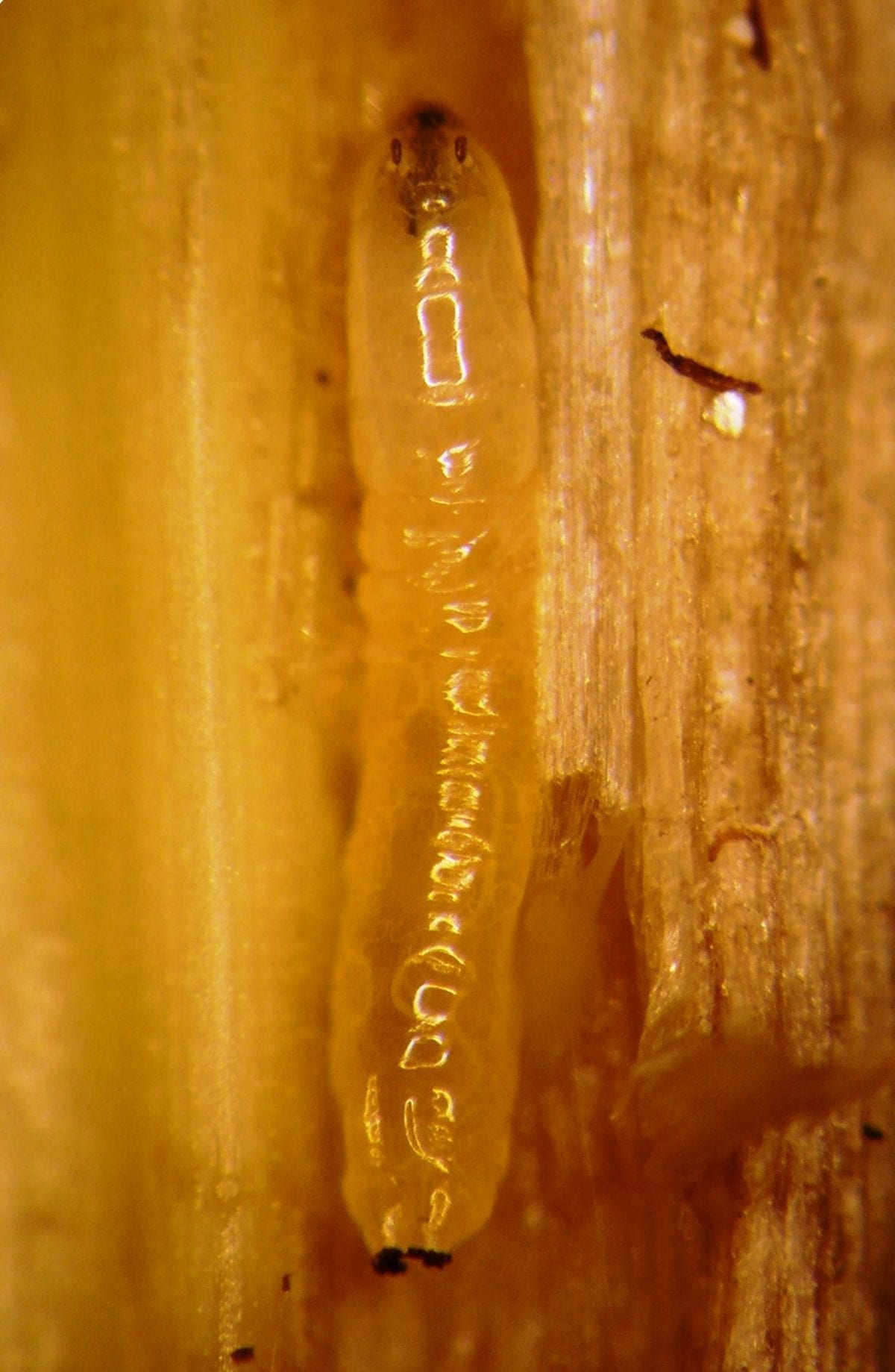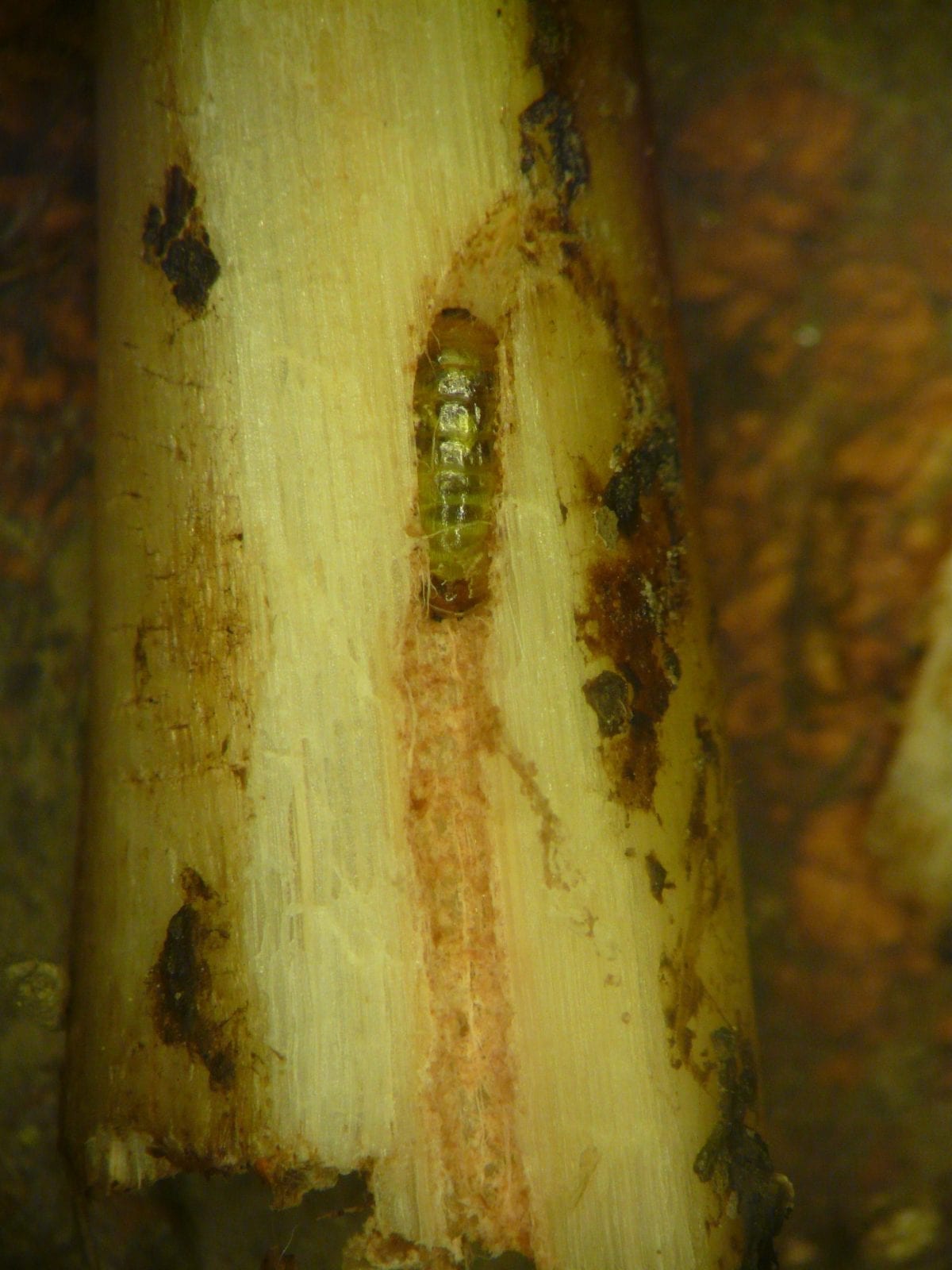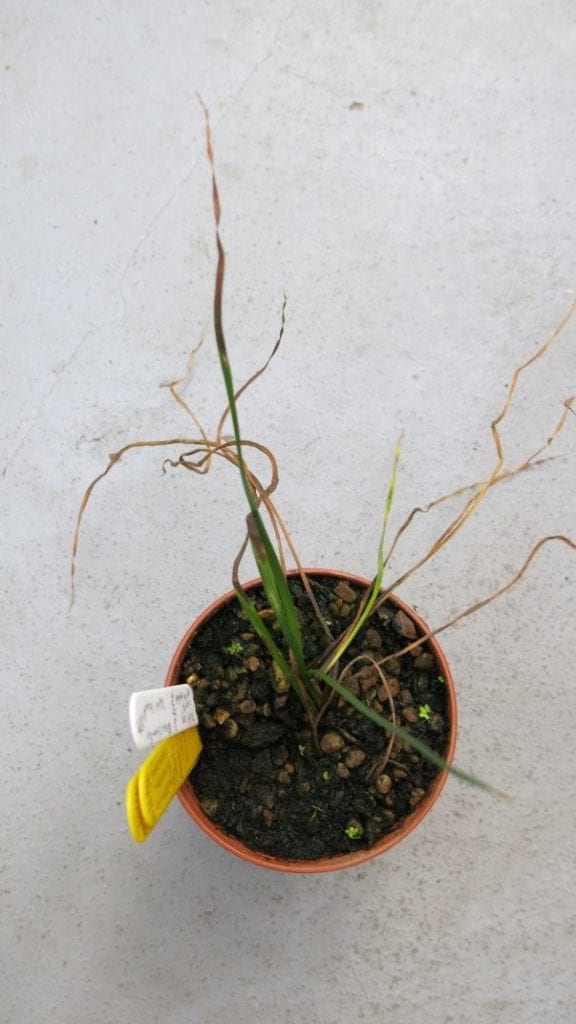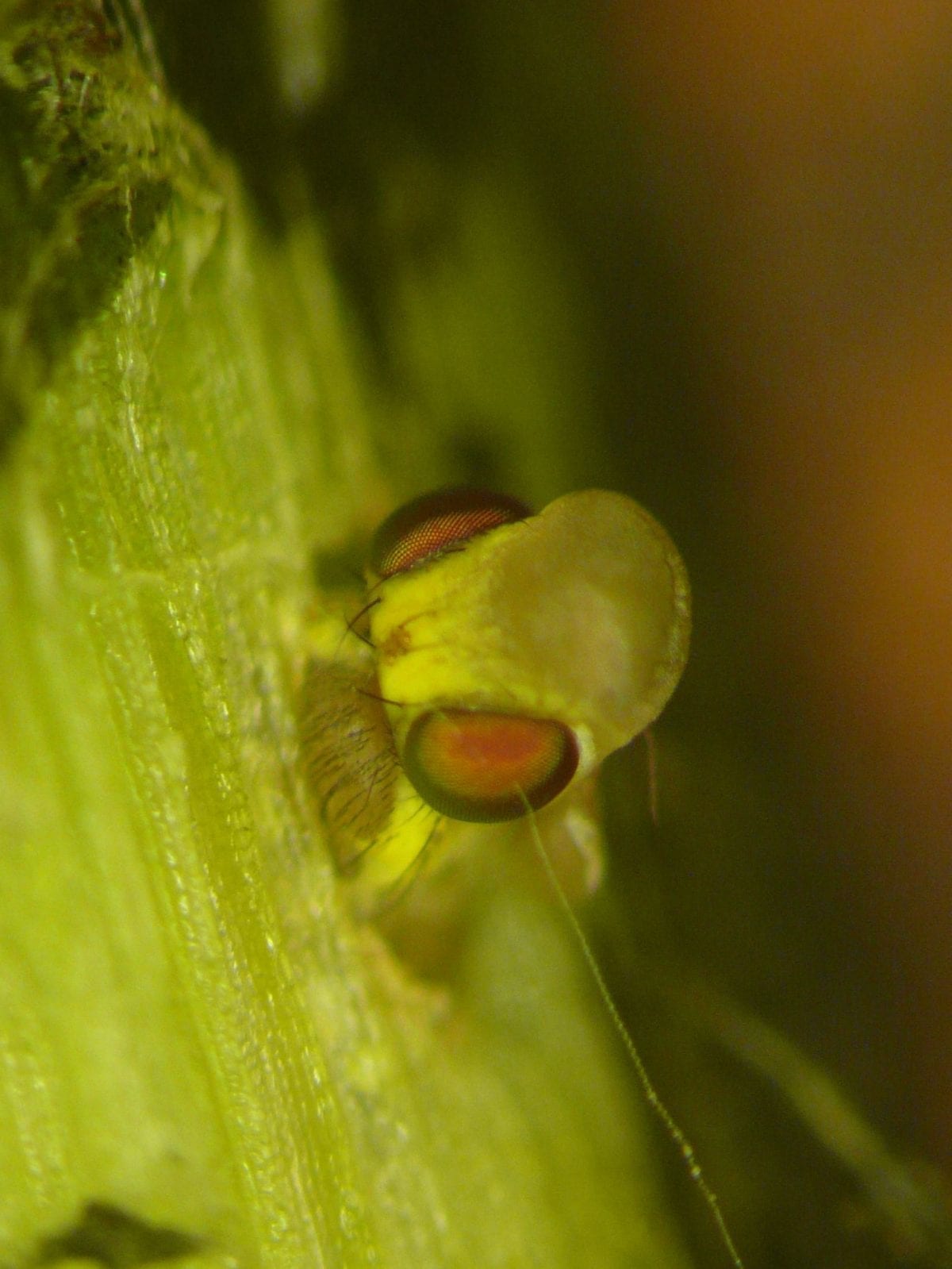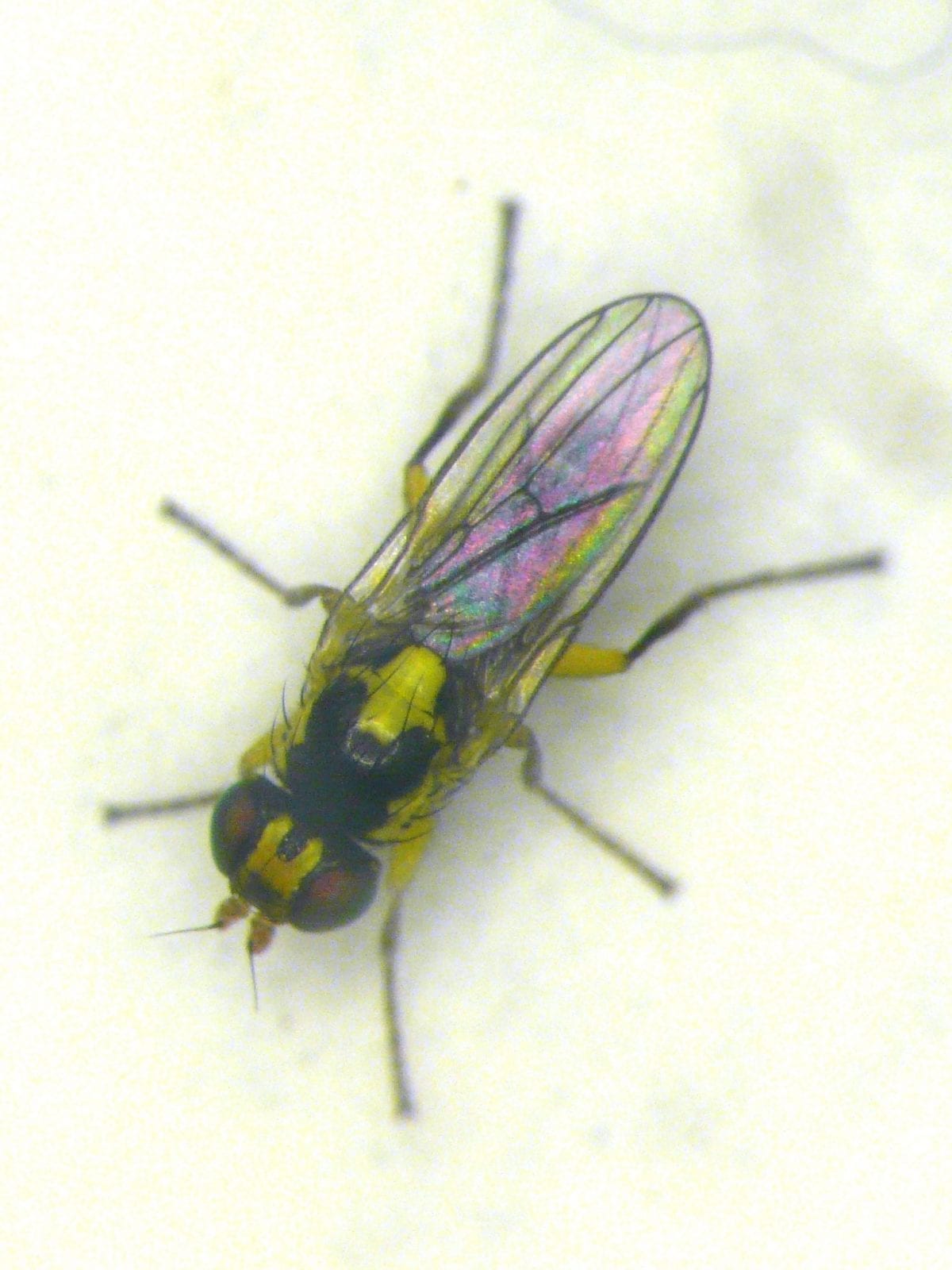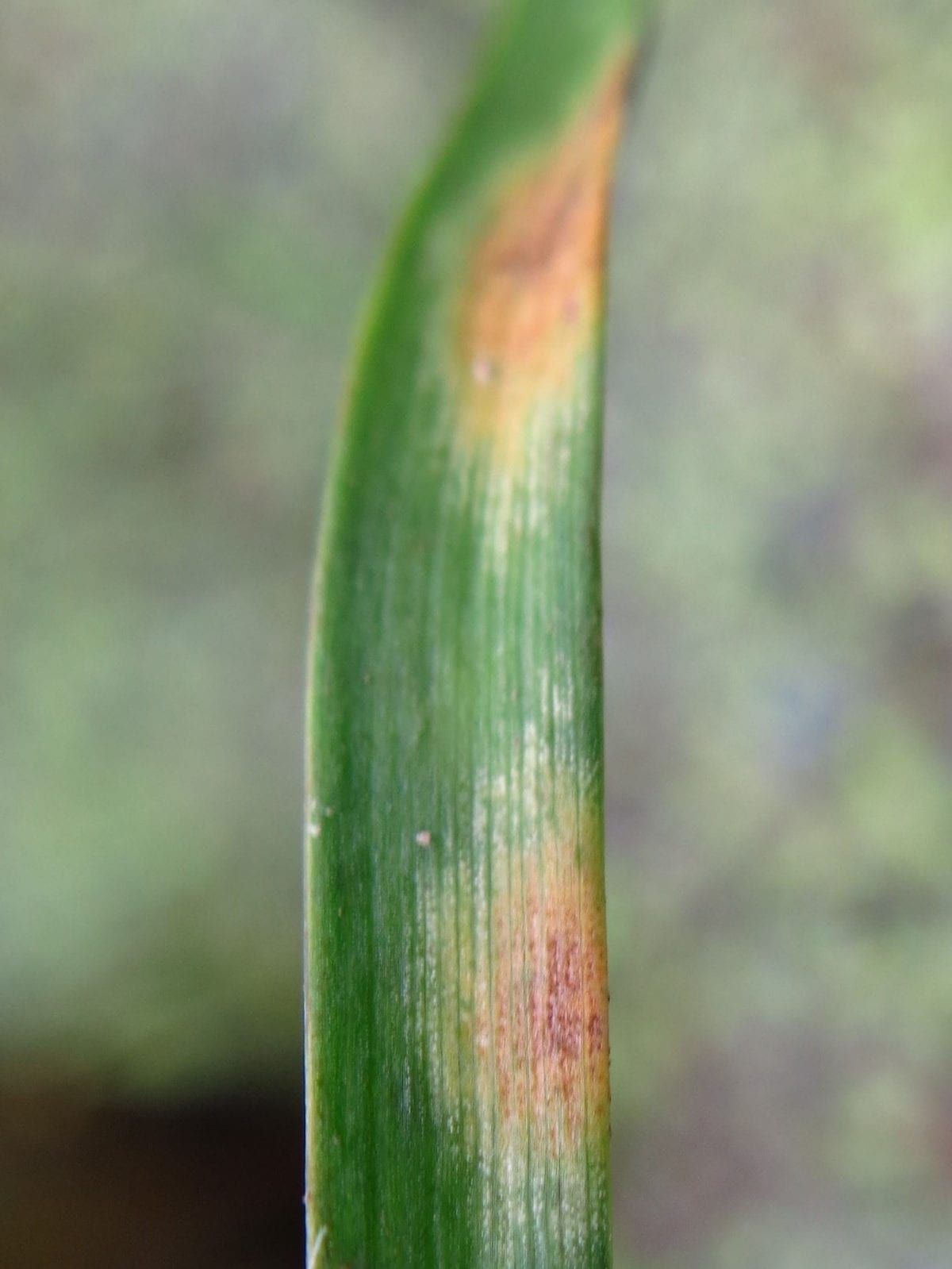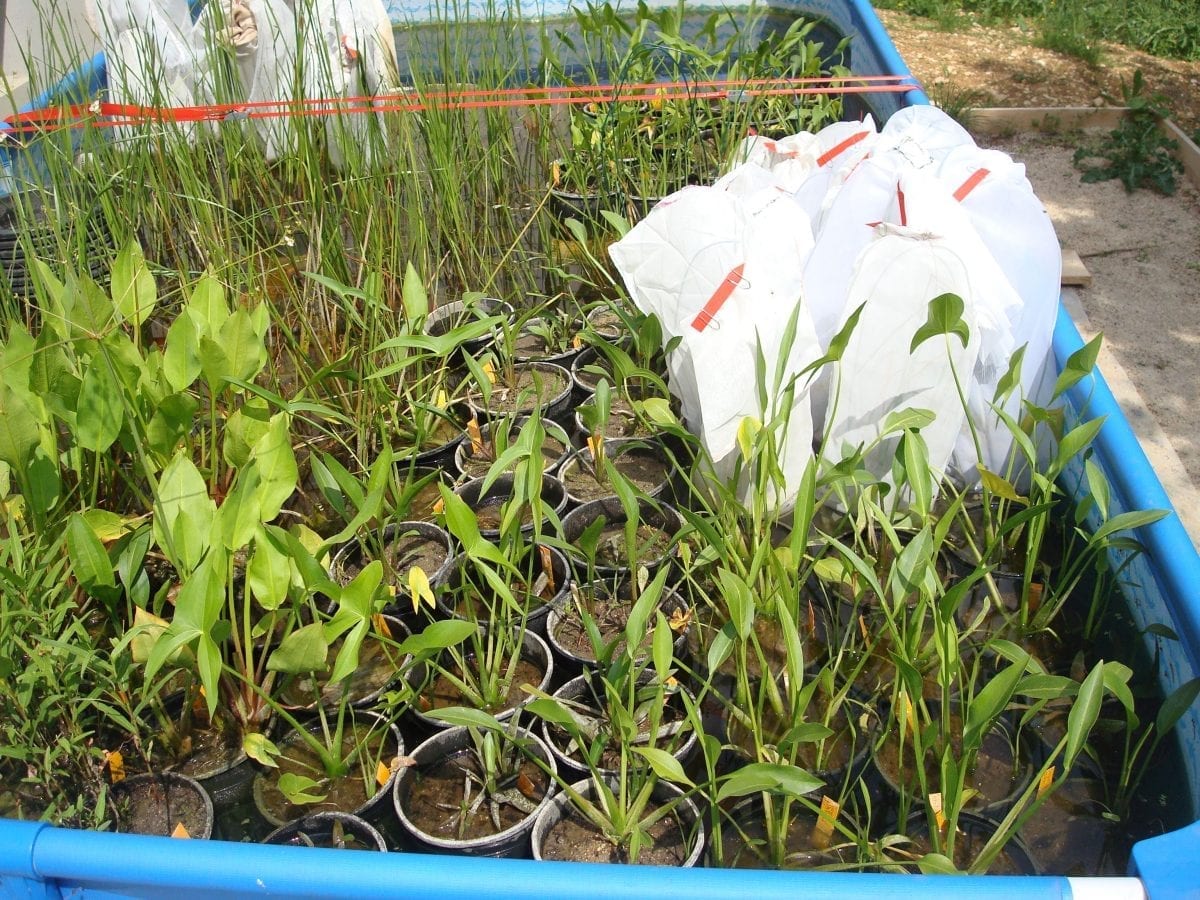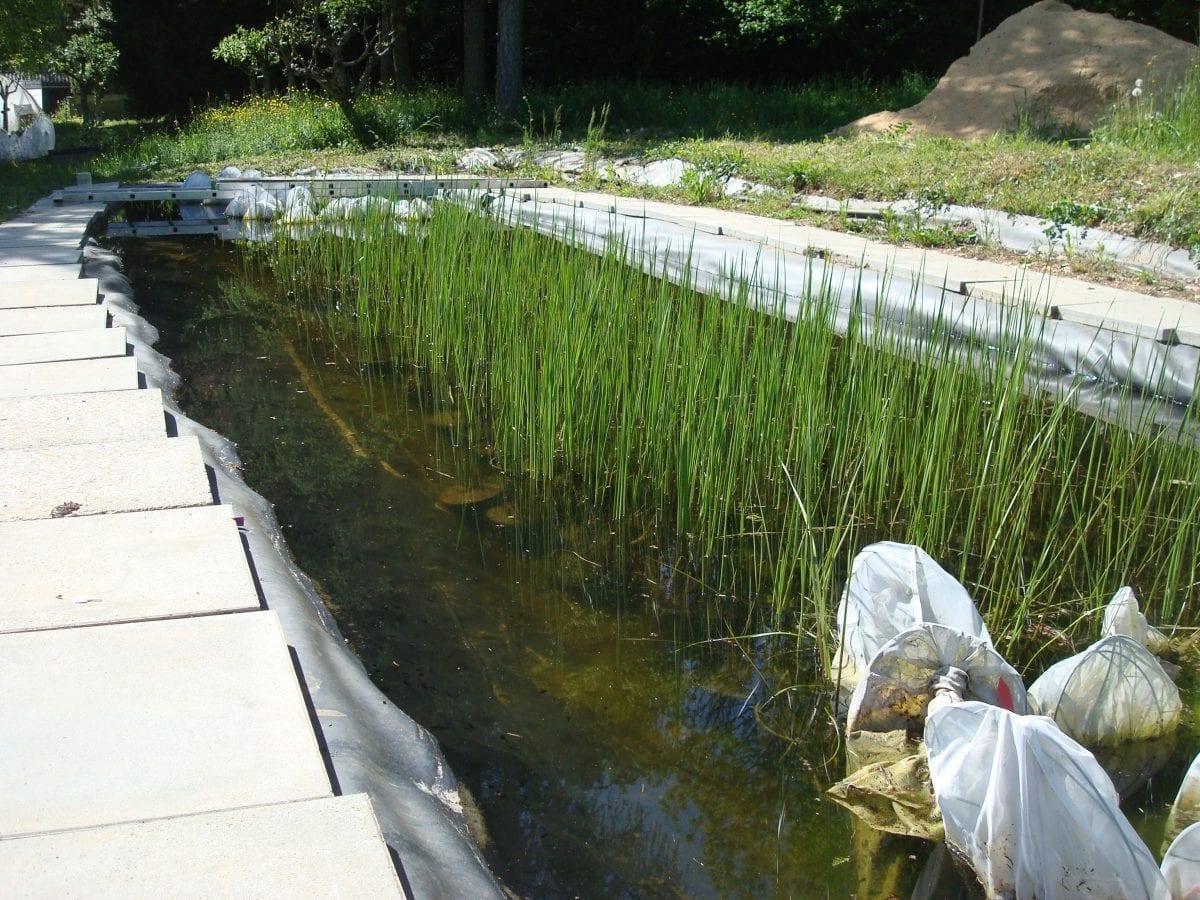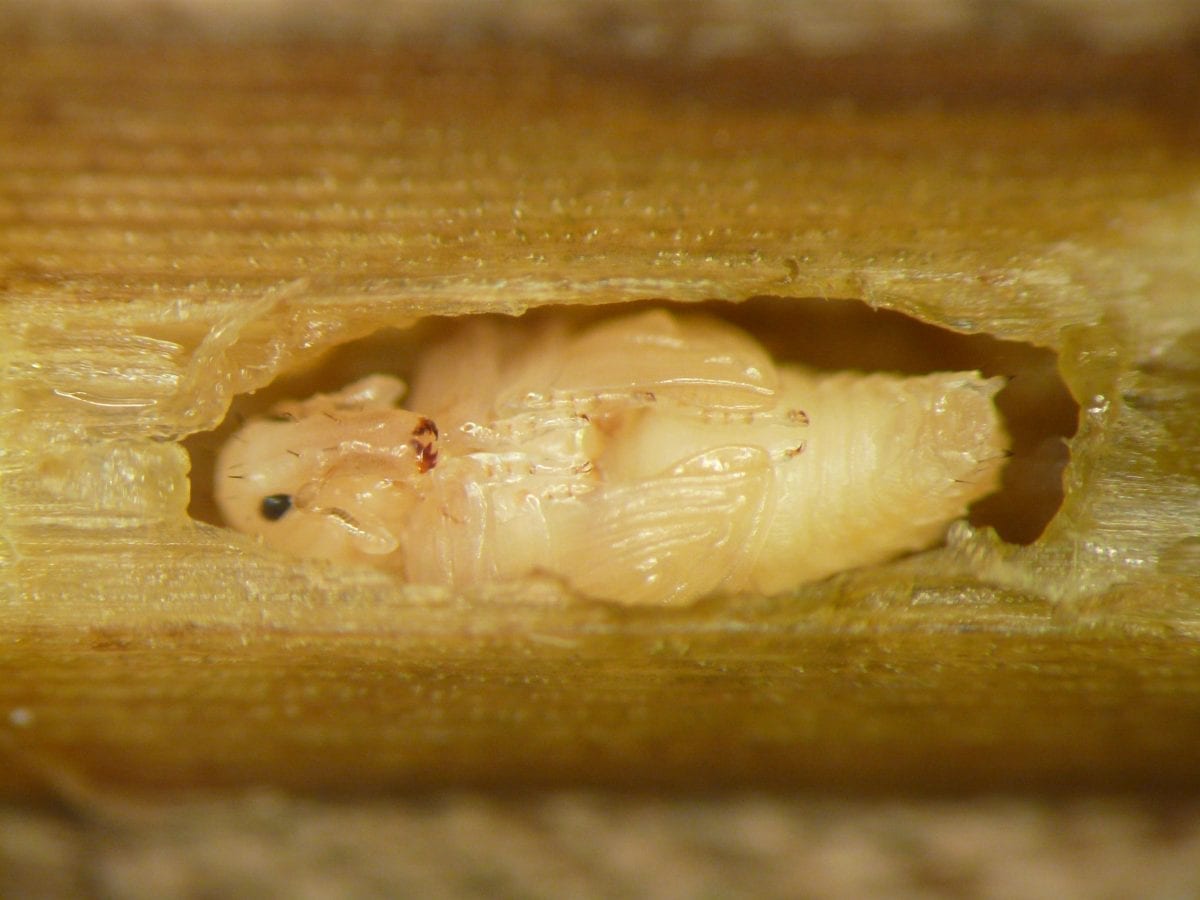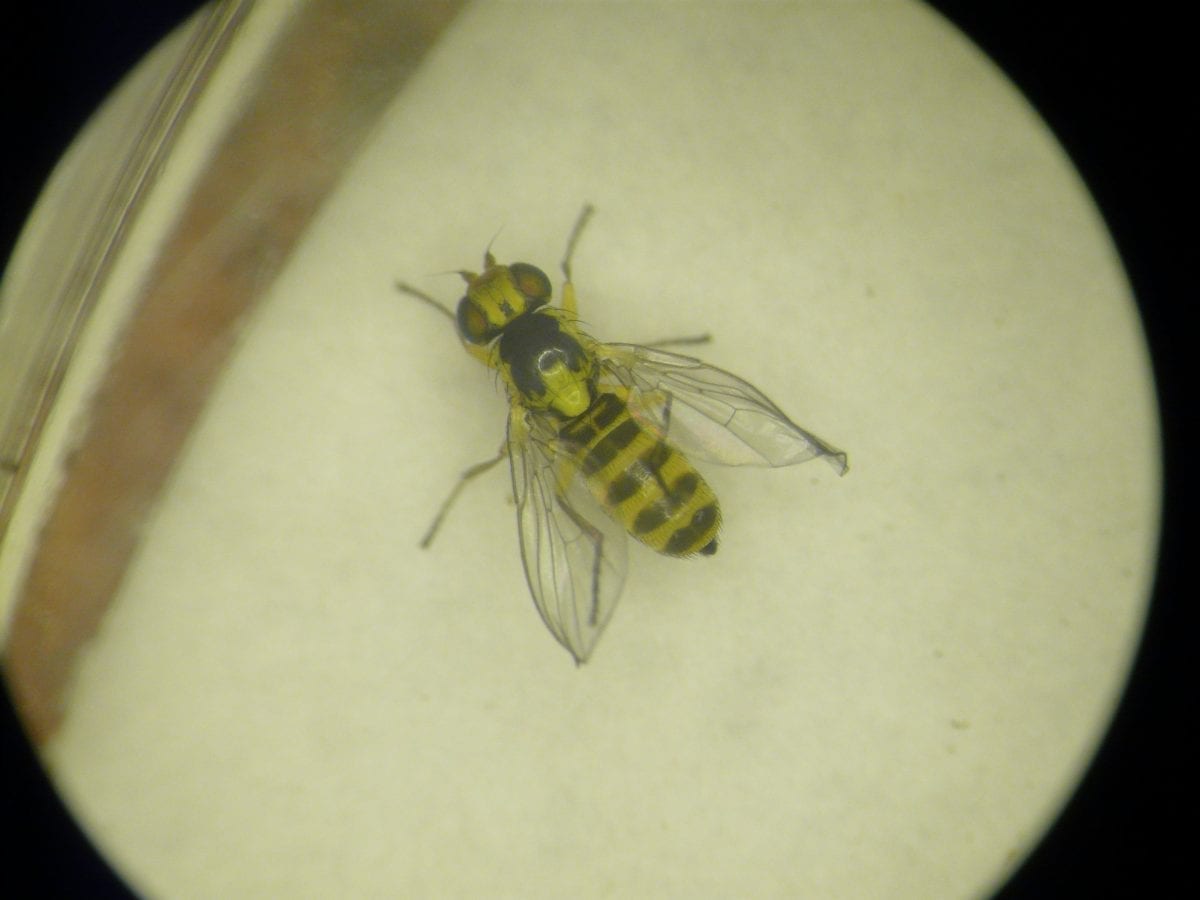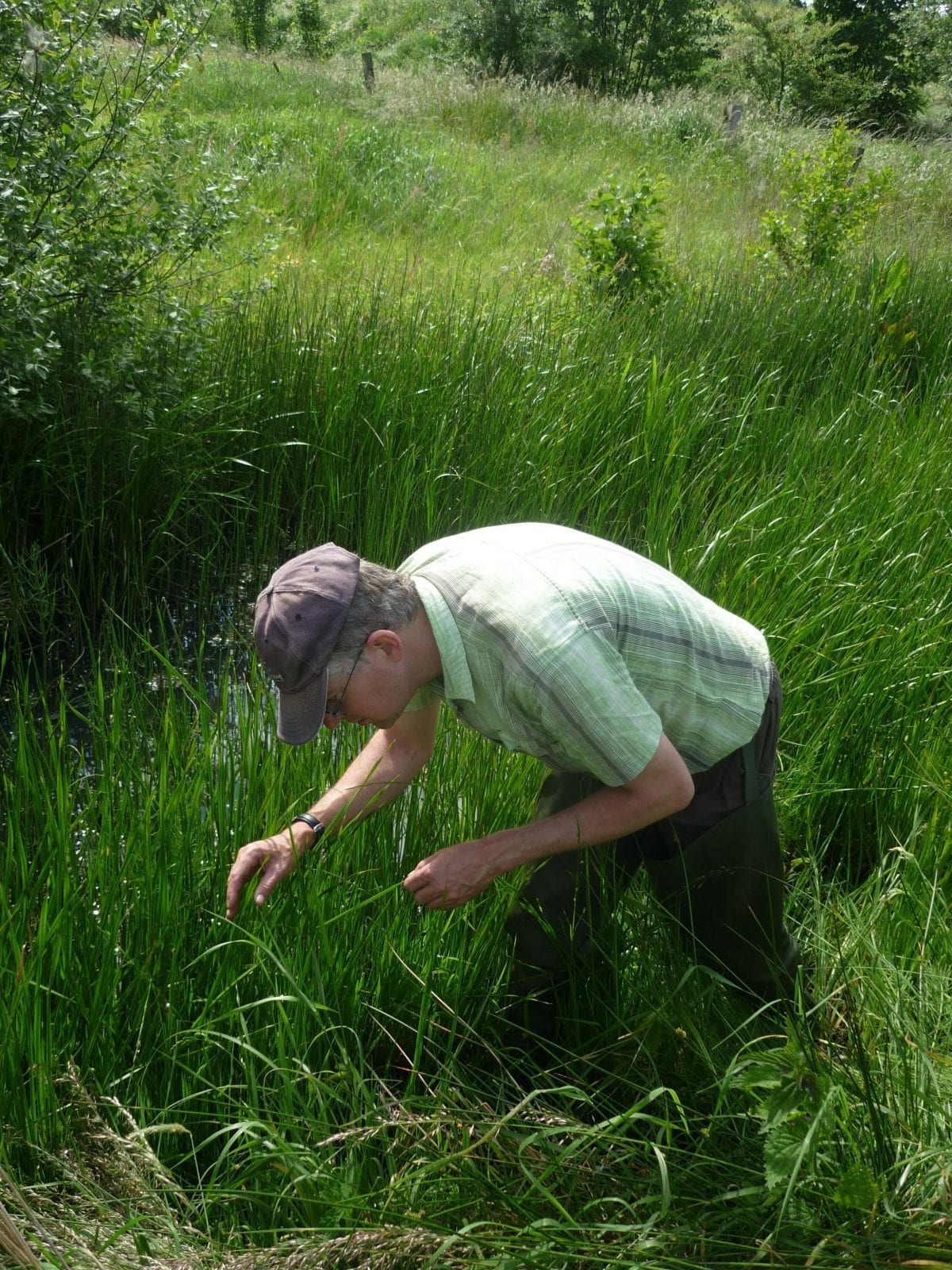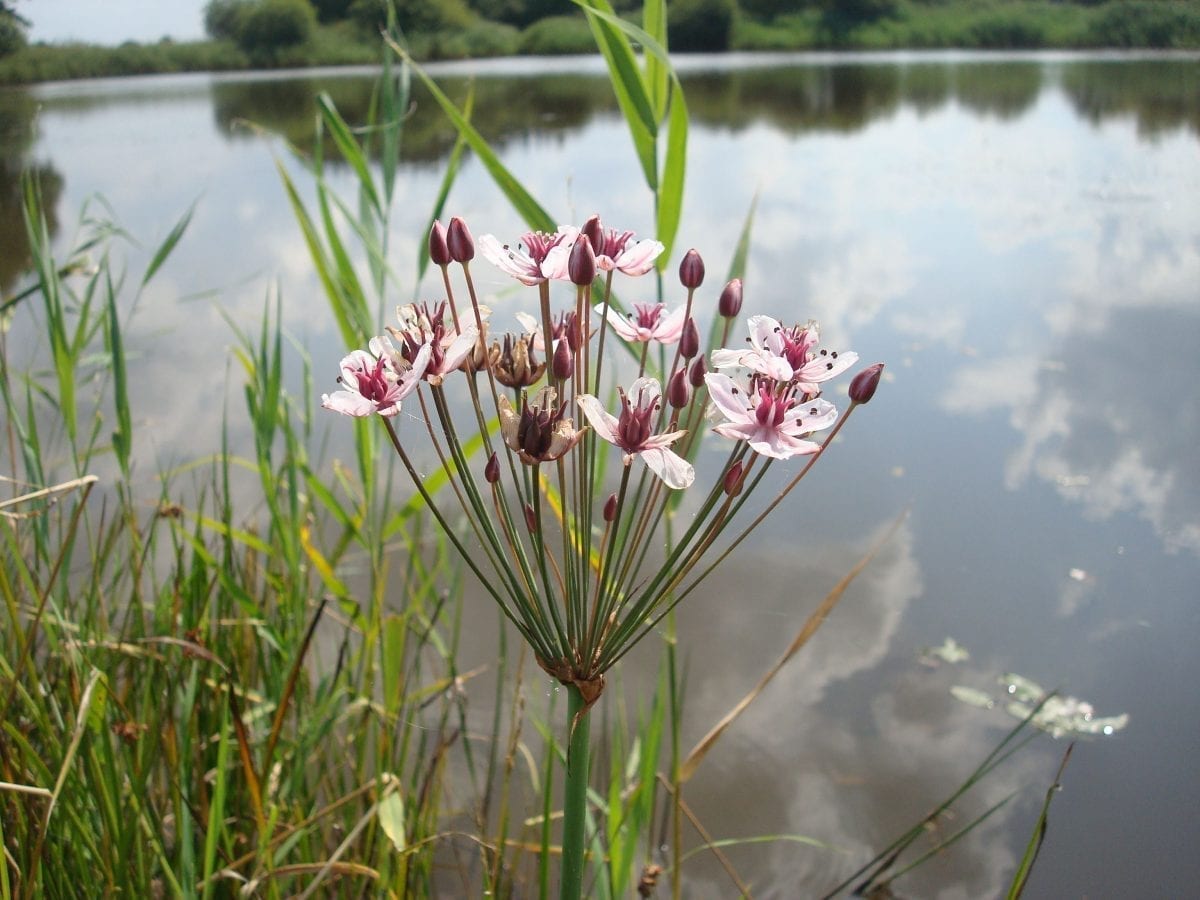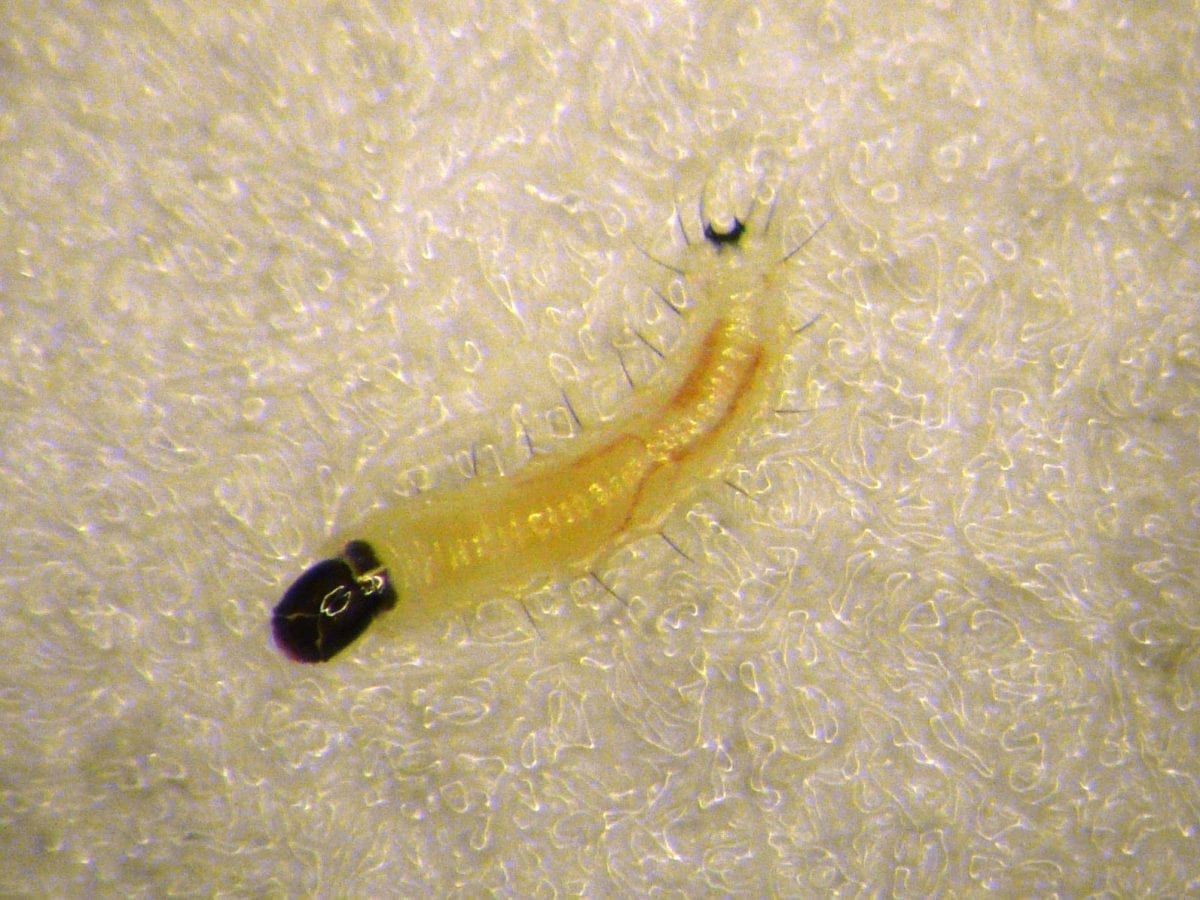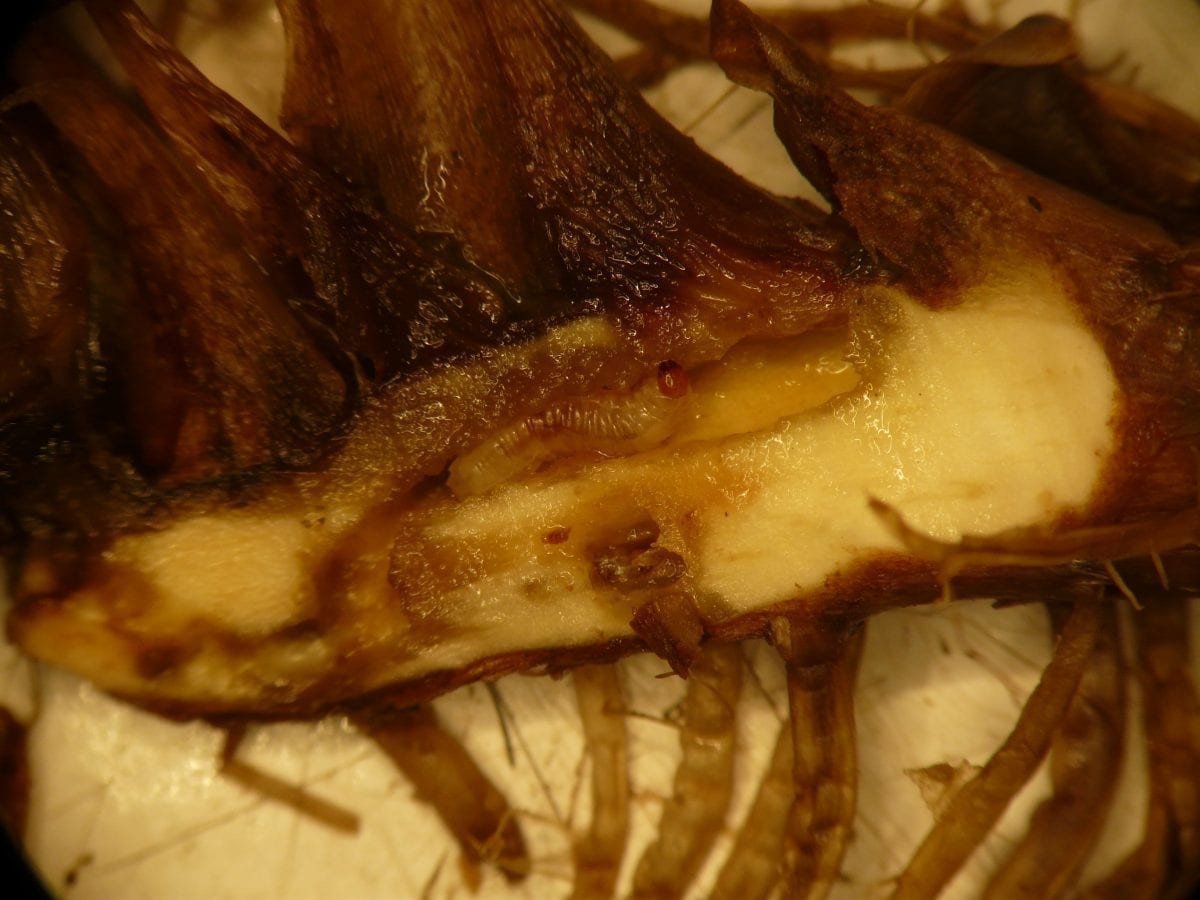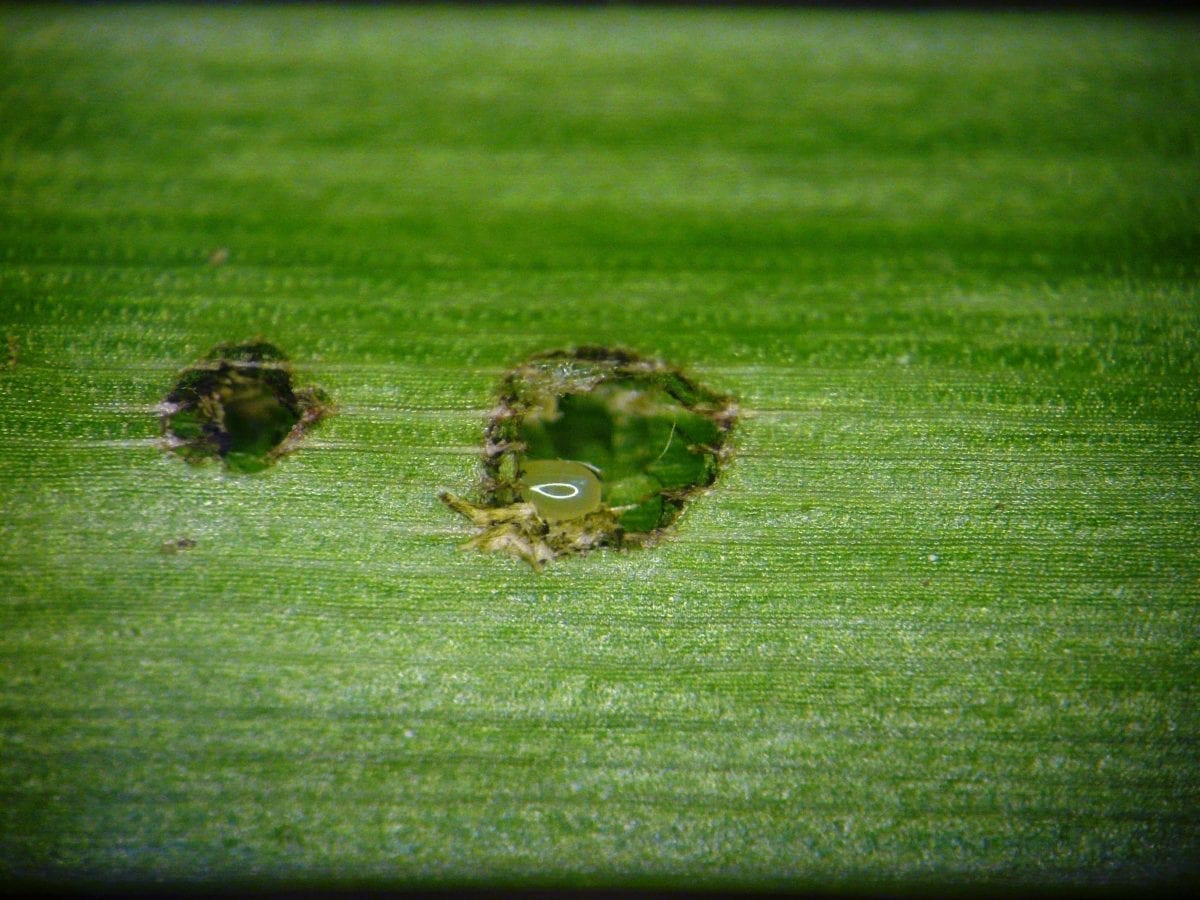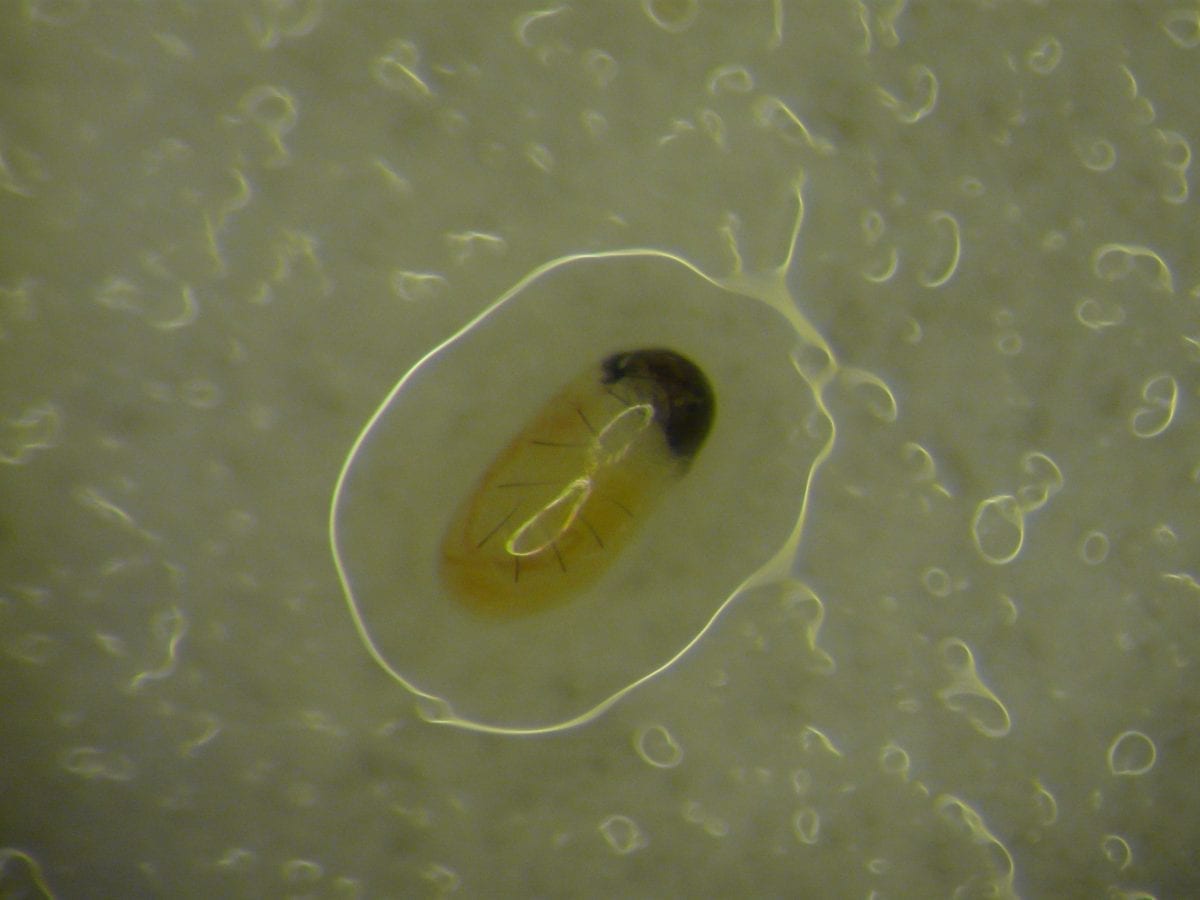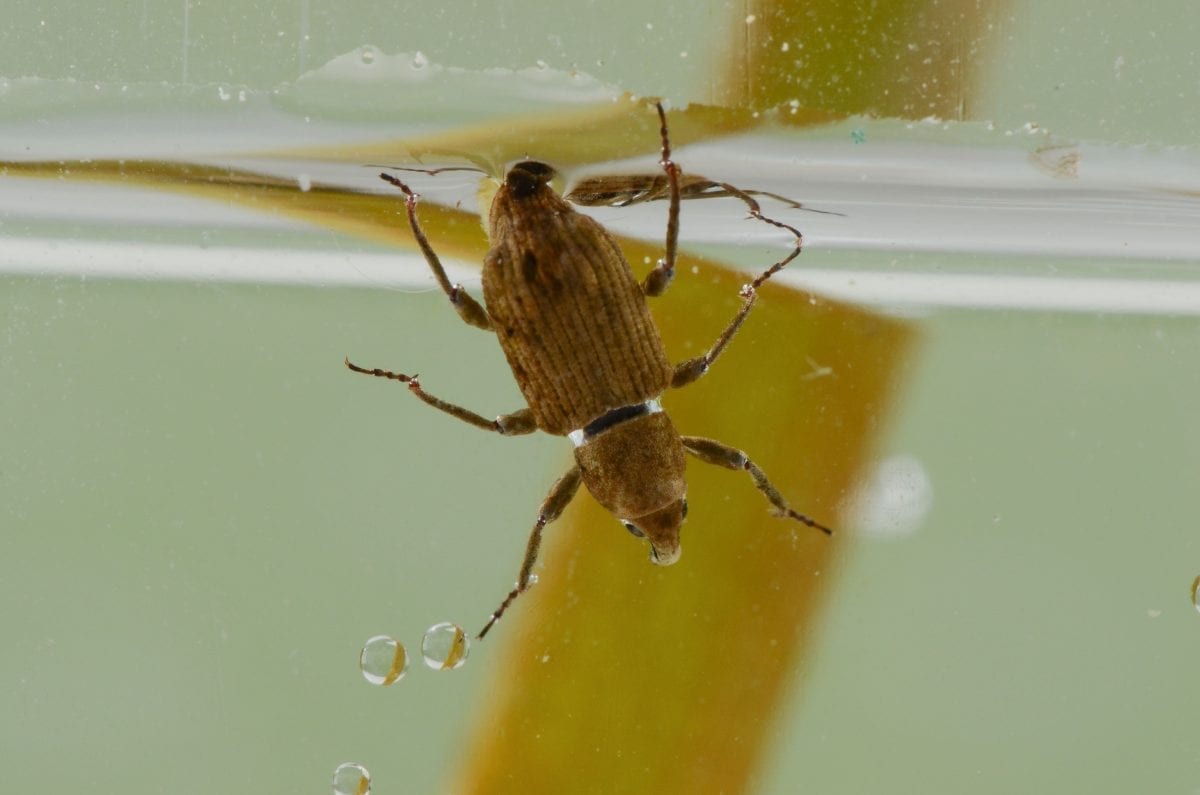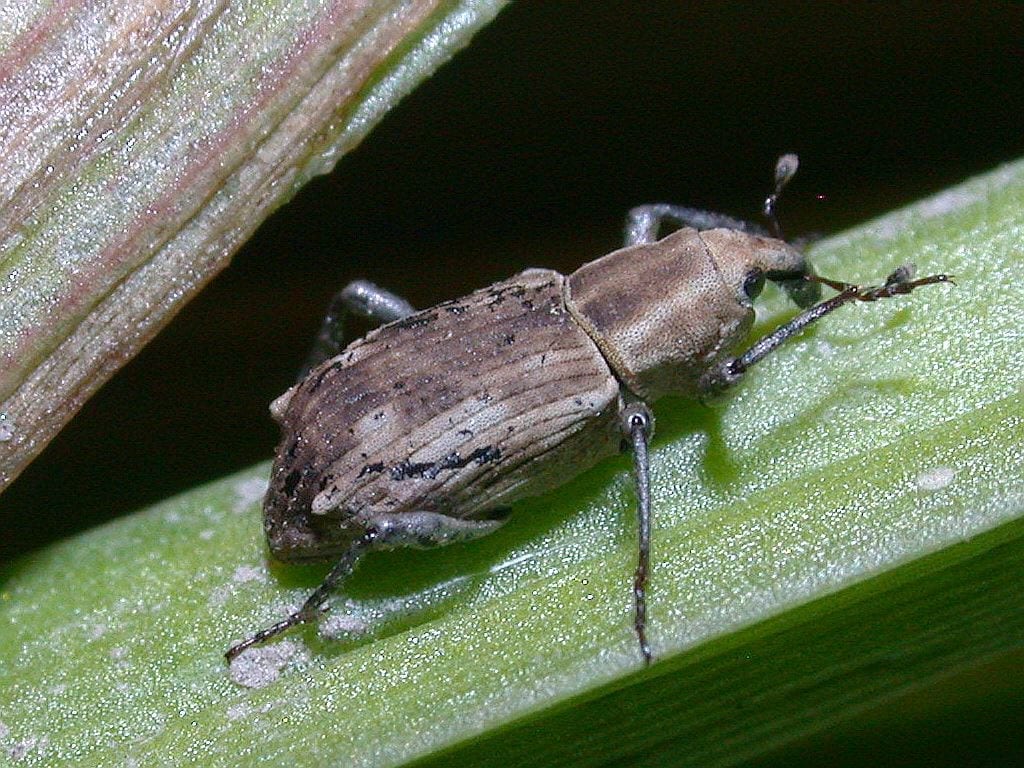Biological control of flowering rush
Attractive pink flowers make the Eurasian plant flowering rush a popular aquatic ornamental. But since it was introduced to North America it has become an aggressive invader of freshwater systems in the midwestern/ western USA and western Canada. One likely reason for this is the absence of the natural enemies that keep it in check in its area of origin. CABI is searching for natural enemies that could be introduced to reduce its vigour and spread in North America.
Project Overview
So, what’s the problem
Flowering rush (Butomus umbellatus) was introduced from temperate Eurasia to North America as an ornamental aquatic plant more than 100 years ago. It escaped cultivation and spread in the wild to become a severe problem in freshwater systems of the midwestern/ western states of the USA and in western Canada with multiple impacts. Infestations can increase maintenance costs in irrigation ditches and impede recreational activities along rivers and lake shores. The plant provides habitat for the great pond snail, which hosts parasites that cause ‘swimmer’s itch’ (a skin rash caused by an allergic reaction). Dense stands of the plant may also benefit introduced non-native fish that spawn in vegetated substrate to the detriment of native fish.
No effective control techniques are currently available.
What is this project doing?
We started a biological control project at CABI in 2013. Our aim is to find specific natural enemies and assess their suitability for release as biological control agents in North America, where they could reduce the vigour and limit the spread of flowering rush.
The ideal biological control agent is very specific and inflicts serious damage to the target host plant. The specificity of a natural enemy reflects how closely its evolution has been linked to that of its host (how coevolved they are). Surveying in the area of origin of a target weed is a good way of finding coevolved natural enemies.
By reviewing the literature and carrying out field surveys in the weed’s area of origin in Europe, we identified several organisms that look sufficiently promising to warrant in-depth investigations. We are currently establishing rearing colonies and are studying their biology, host specificity and impact on flowering rush to evaluate their potential as biological control agents.
Results
Our field surveys range from the UK, the Netherlands, northern Germany, to the Czech and Slovak Republics, Poland, Hungary, Serbia, Georgia and Kazakhstan. During these surveys, two insect species have been prioritized for further study – the leaf and rhizome mining weevil, Bagous nodulosus, and the leaf mining fly, Phytoliriomyza ornata.
The larvae of the semi-aquatic weevil, B. nodulosus, feed on the leaves and rhizomes of flowering rush. Although rare, we have collected it at over 25 sites so far and have established a rearing colony at CABI’s centre in Switzerland. In no-choice oviposition tests with 45 species, the weevil, B. nodulosus, has only accepted one other plant species, the European Baldellia ranunculoides, for egg-laying besides flowering rush. However, no larval development was recorded on this species. This confirms that the weevil has a very narrow host range. Since the larvae commonly leave the host plant and swim to infest surrounding flowering rush plants, we started no-choice larval establishment tests in 2018. After testing 41 species, we found limited feeding and larval development on only three species, Alisma plantago-aquatica, Limnobium laevigatum, and Hydrocharis morsus-ranae. All three are not native to North America and no attack has been found in single-choice tests carried out in 2021. An impact experiment carried out in 2019 showed a reduction in total biomass by 25% when plants were exposed to adult weevils which was mainly due to a reduction in below-ground biomass (33%). We contributed to a petition for the field release of B. nodulosus which was submitted by our North American partners in early 2022. During the same year, the USDA-APHIS Technical Advisory Group (TAG) recommended release for the USA, and the Canadian Food Inspection Agency approved field release in Canada. In June 2024, the first weevils were released in Ottawa.
The larvae of the agromyzid fly, Phytoliriomyza ornata, mine the leaves and flowering stems of flowering rush, which causes significant reductions in biomass. Host-specificity tests are nearly completed, and no larval development has been found on any of the 39 non-target plant species tested so far.
In 2016, we started to work with a white smut fungal pathogen, Doassansia niesslii, which can infect completely submerged plants of flowering rush. The methodology of storage and application of the white smut is being studied at CABI’s UK centre and host-specificity testing has started. Doassansia niesslii has shown to be specific at the genotype level. Therefore, the main concern is to find a strain that can attack the most common genotypes of flowering rush present in North America. In 2021, a new strain was collected in Romania and is being tested on North American genotypes of flowering rush. We also searched for D. niesslii and collected additional DNA samples of B. umbellatus in the Netherlands, where a population has been identified in 2019 that is genetically matching with the most common genotype in North America.
Project Manager

Patrick Häfliger
Research Scientist and IT Support Officer
Rue des Grillons 1 CH-2800 Delémont, Switzerland
Donors
Montana Department of Natural Resources and Conservation through the University of Montana, USA
Ministry of Forests, British Columbia, Canada
Washington State Department of Natural Resources, USA
Washington State Department of Agriculture, USA
Washington State Department of Ecology, USA
US Forest Service through the University of Montana
Montana Noxious Weed Trust Fund through the University of Montana, USA

